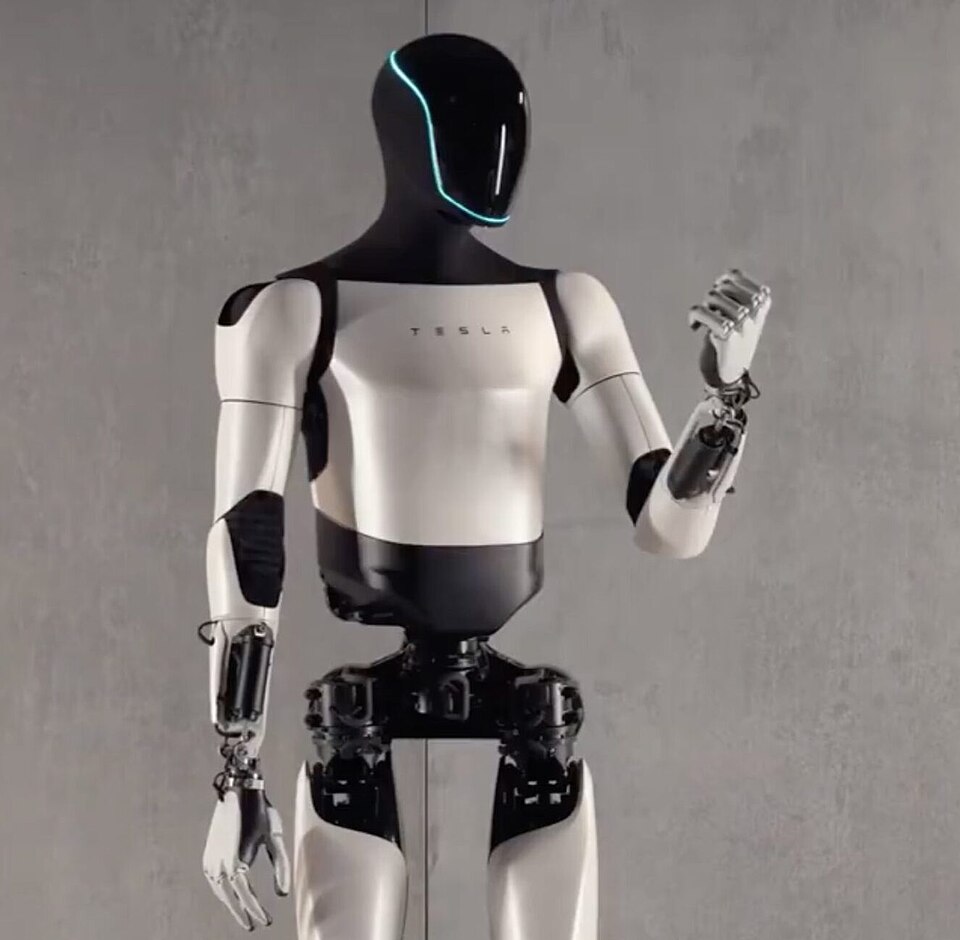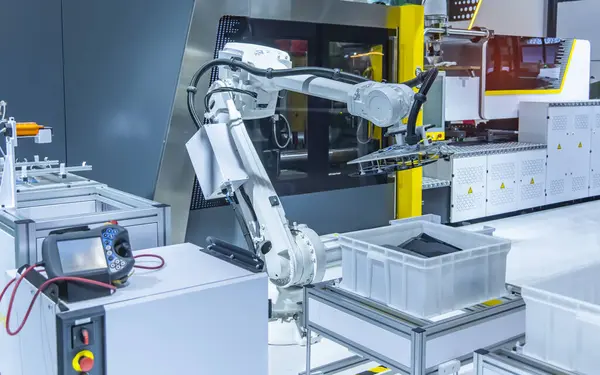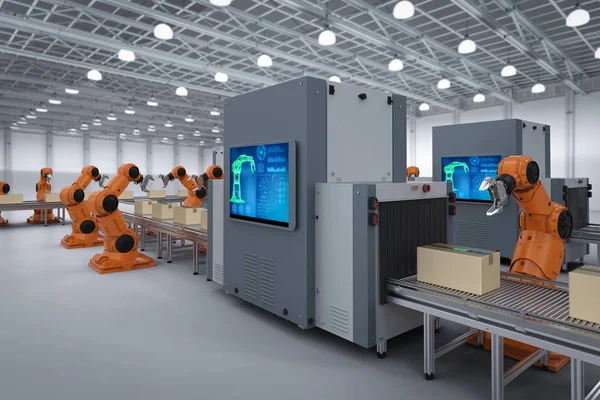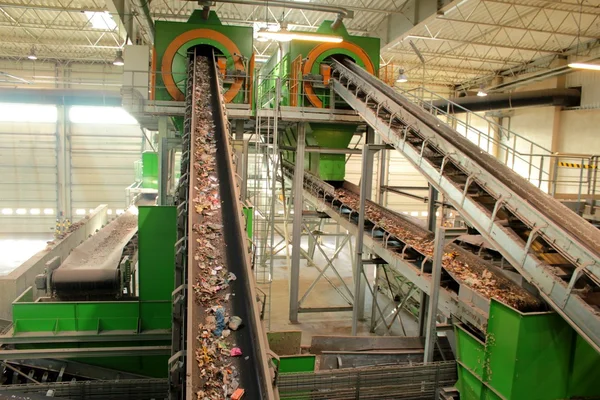
Can a society work if human labor is no longer needed from an economic standpoint? Elon Musk says not only can it, but it will-in two decades. Speaking at the US-Saudi Arabia Investment Forum, the chief executive of Tesla predicted “work will be optional” in 10 to 20 years as AI and humanoid robotics make money irrelevant. The claim is audacious but its feasibility depends on a web of engineering, economic and societal factors, far from resolved.

1. Musk’s Vision: Robots as the New Workforce
Musk described work in the future as similar to tending a vegetable garden: hard work, optional, and done for one’s own satisfaction, not because one has to. Musk’s prediction is based on millions of robots deployed across industries, with Tesla’s Optimus humanoid robot leading the charge. He has said that humanoid robots could become “the biggest product ever, bigger than cellphones or anything else,” and that 80% of Tesla’s value will one day come from Optimus. The underlying technical ambition is significant: humanoid robots must achieve dexterity, autonomous decision-making, and safety appropriate for mass deployment while overcoming persistent challenges in actuator efficiency, battery density, and real-time perception systems.

2. The Engineering Bottleneck in Humanoid Robotics
While AI plummeted in cost-companies now pay $2.50 per million tokens, versus $10 a year ago-humanoid robots are stubbornly expensive to make. The need for mechanical complexity, material durability, and precision manufacturing keeps costs high. Current prototypes still struggle with tasks requiring fine motor skills, adaptive gait over uneven terrain, and energy-efficient operation over extended periods. Scaling production requires breakthroughs in lightweight composite materials, high-torque motors, and edge computing architectures capable of low-latency sensor fusion.

3. The Role of AI in White-Collar Automation
Large language models already are transforming white-collar workflows, from the analysis of legal documents to the development of software. McKinsey Research estimates that as many as 30% of hours worked </b could be automated by generative AI in the US economy in 2030, accelerating occupational structural shifts toward STEM, healthcare, and managerial roles. Meanwhile, integration into enterprise systems rests on robust APIs, fine-tuning to domain-specific tasks, and governance frameworks that would cut down biases and ensure compliance. Yet, adoption rates in core business processes have been more sluggish than expected, in part due to challenges around trust and validation.

4. Autonomous Manufacturing at Scale
The leap from isolated automation cells to fully autonomous factories involves intricate orchestration of robotics, AI vision systems, and adaptive scheduling algorithms. Engineering challenges include real-time coordination between heterogeneous robotic platforms, predictive maintenance using IoT sensor networks, and dynamic reconfiguration of production lines to handle variable product designs. But Musk’s vision also requires, beyond simple hardware proliferation, interoperable software ecosystems that can scale across industries without prohibitive customization costs.

5. Economic Infrastructure for a Work-Free Society
Musk’s “universal high income” resonates with calls for universal basic income-a concept in which AI-created wealth is redistributed. Models vary from resource-to-cash plans, such as Mongolia’s coal dividend program, to Alaska’s oil revenue payouts. On either a national or an international level, the adoption of UBI requires formidable taxation of AI and robotics-based businesses, adequate secure digital payment platforms, and political will-a frontier in which past experience suggests enormous opposition.

6. Inequality and Ownership of Automation
Without policy intervention, ownership of AI and robotic production could concentrate wealth among shareholders of automation firms. As economist Samuel Solomon says, “Will it create inclusive prosperity? Will everyone benefit?” Current trends show widening gaps: earnings expectations for the “Magnificent 7” tech giants have surged due to AI, while the rest of the S&P 493 has seen downward revisions. Such a dynamic threatens to lock in economic divides even in a post-scarcity environment.

7. The Existential Challenge: Meaning Without Work
The nature of post-scarcity societies dictates that, once the survival function of work is rendered obsolete, one’s purpose must be thoroughly reconsidered. The NIH research underlines how meaning is generally derived from four narrative needs: purpose, justification, effectiveness, and self-worth. Work has traditionally satisfied these needs through social utility, structured goals, and recognition. Taking this away risks widespread disengagement unless other routes, such as creative pursuits, scientific exploration, and community-building, are actively pursued. Musk himself framed the challenge: “If the computer and robots can do everything better than you, does your life have meaning?”

8. Lessons from Historical Non-Work Societies
It was because of slavery that free citizens of ancient Greece and Rome had the leisure to practice philosophy, politics, and the arts. While it is thus possible that modern analogues could arise, historical patterns also caution against social stratification and dependency. The Marienthal study of 1930s Austria showed that involuntary idleness within a working society was accompanied by apathy and social decay-the psychological consequence of universal non-work will thus depend greatly upon cultural framing and collective narratives.

9. Workforce Transition and Skills Redeployment
McKinsey estimates that 12 million occupational changes could happen by 2030 in the US. For lower-wage workers, it is up to 14 times more likely. As these workers move into high-demand areas such as healthcare, STEM, and advanced manufacturing, scalable reskilling programs, employer-led training, and credential reform are surmounting challenges to focus on competencies rather than degrees. Inadequate infrastructure may result in automation increasing unemployment instead of freeing humanity from labor.

10. Technical Constraints Beyond Economics
Even in a world where money is no object, physical limits remain: power generation, the availability of raw materials, and environmental sustainability will impose ceilings on production capacity. Musk himself acknowledges this: “power, electricity and mass” will be a constraint.
Engineering solutions like decentralized renewable energy grids, closed-loop recycling systems, and advanced materials science must evolve in tandem with AI and robotics if abundance is to be reached. How the world Musk envisions comes into being will be a function of overcoming engineering and systemic bottlenecks as much as one of philosophical readiness. Whether humanity embraces or resists life without work is going to depend upon how technology, policy, and culture converge over the next two decades.


